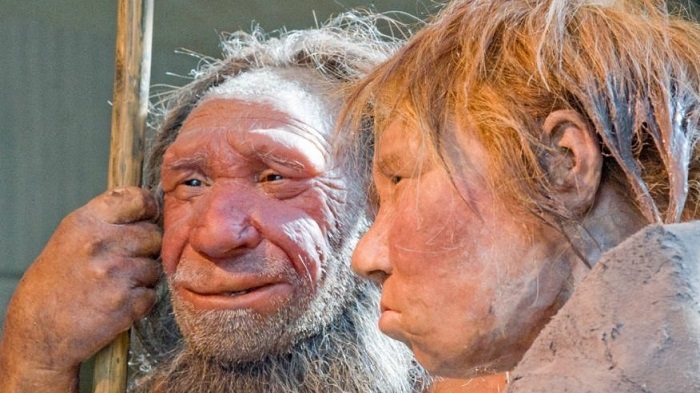Members of the population, which hails from the South Pacific, and encompasses Papua New Guinea and its surrounding islands, carry genetic evidence that does not come from “typical” Neanderthal or Denisovan ancestry. Instead, it comes from an unknown third party.
Bohlender said that while the new ancestor hails from the same hominid family tree as Neanderthal and Denisovan ancestors, it is currently considered an “extinct third cousin,” according to Science News.
Although many Neanderthal fossils have surfaced throughout Asia and Europe over time, the only evidence of the Denisovan species to date comes from DNA that was identified through a finger bone and stray teeth found in a cave in Siberia.
Bohlender is not alone. On Oct. 13, Eske Willerslev, an evolutionary geneticist at the Natural History Museum of Denmark in Copenhagen, and his team, published results in Nature from a DNA study of 83 aboriginal Australians and 25 people from native populations in Papua New Guinea’s highlands.
The team found that its subjects carried “Denisovan-like” DNA. However, the DNA is genetically distinct from Denisovans, and where it exactly comes from remains a mystery.
“They could be Homo erectus or the extinct hominids found in Indonesia known as Hobbits,” he told Science News.
The discovery that humans mixed with Neanderthals is not yet a decade old, and Europeans and Chinese people, for example, are estimated to carry around 2.8 percent of Neanderthal ancestry.
Mattias Jakobsson, an evolutionary geneticist from Sweden’s Uppsala University, told Science News that he “wouldn’t be surprised” if other groups of extinct hominids mingled with humans. “Modern humans and archaic humans have met many times and had many children together,” he said.
More about:
















































